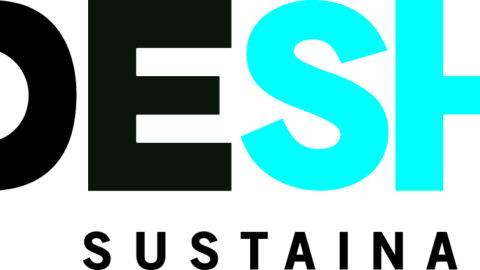
Congestion charge is ranked the most effective way to reduce car use in cities, according to new study
Implementing congestion charge measures can reduce urban car traffic by up to 33%, according to new research from Sweden’s Lund University Centre for Sustainability Studies.
The study – published in the Case Studies on Transport Policy journal – ranks the 12 most effective measures that European cities have incorporated in recent decades to reduce car numbers, based on real-world data from ‘carrot and stick’ interventions, such as bike and walk-to-work schemes and the removal of free parking.
Rankings reflected cities’ successes not only in terms of measurable reductions in car use, but also in achieving improved quality of life and sustainable mobility for their residents.
The research screened almost 800 peer-reviewed reports and case studies published since 2010 from across Europe – seeking those that quantified where and how cities had successfully reduced car use, reports Cities Today.
“Cities that were successful in reducing car use combined several different policy instruments, including both carrots that encourage more sustainable travel choices, and sticks that charge for, or restrict, driving and parking.”
The most effective measure overall was found to be the introduction of congestion charges, which reduced urban car levels by 12-33%.
Next to this was the creation of car-free streets and separated bike lanes, which were found to lower car use in city centres by up to 20%.
The report found that cars are “inherently inefficient and inequitable in their use of land and resources,” spending on average 96 percent of their time parked and taking up urban space that could be put to more beneficial uses, such as housing and public parks.
In Berlin, car users take up 3.5 times more public space than non-car users, primarily through on-street parking.
Looking through the lens of equity, the study determined that richer Europeans were substantially more inclined to drive, with the top one percent by income driving nearly four times the distance of the median driver, accounting for some 21% of their personal climate footprint.
For these highest emitters, climate pollution from driving is second only to flying, which on average generates twice as many emissions.
The authors also found that city government-led measures were most successful in reducing car use.
“Over 75% of the interventions studied were initiated and led by local city governments – and in particular, those that have proved most effective, such as congestion charges, parking and traffic controls, and limited traffic zones,” said Kuss.
“For political acceptance, it’s important to link the revenues gained from a few driving cars to improve walking, biking and public transport for the many.”
Full report in this link: Congestion charge is ranked the most effective way to reduce car use in cities, according to new study – Highways News (highways-news.com)















